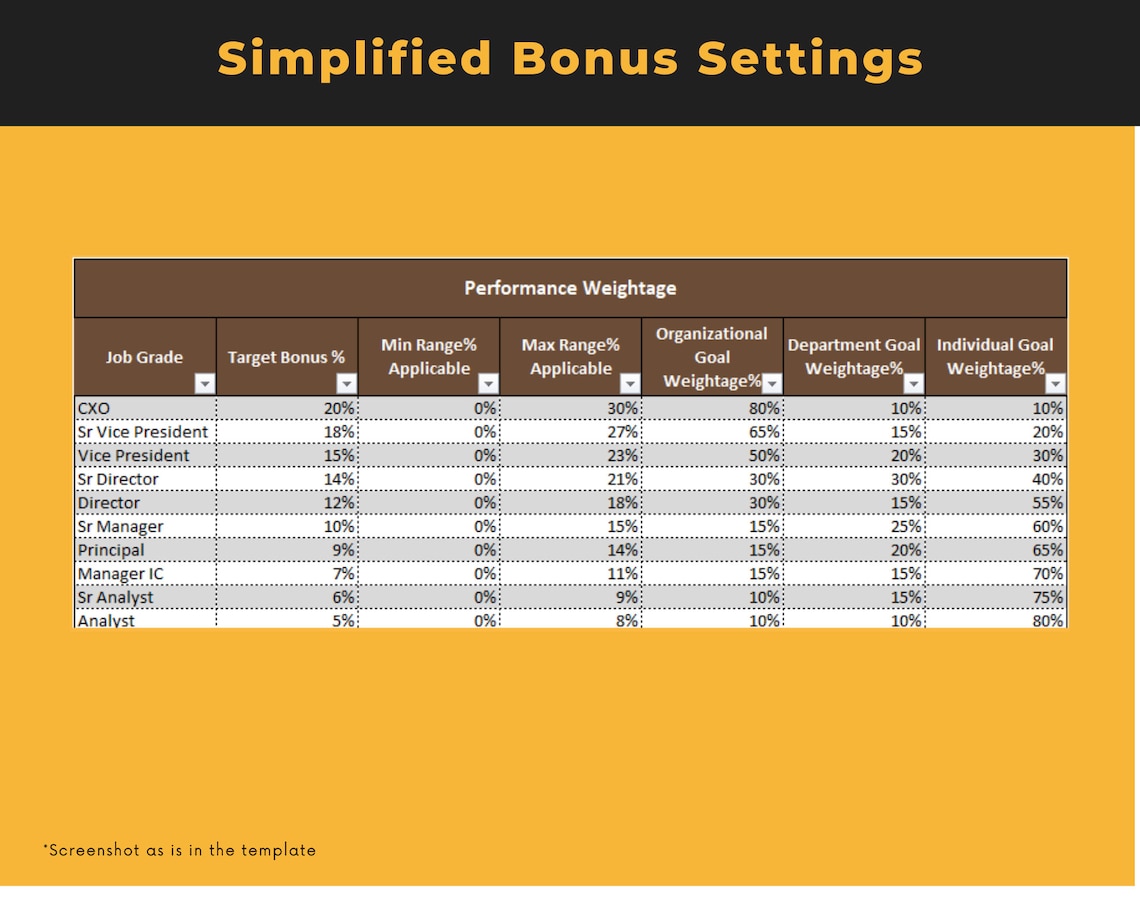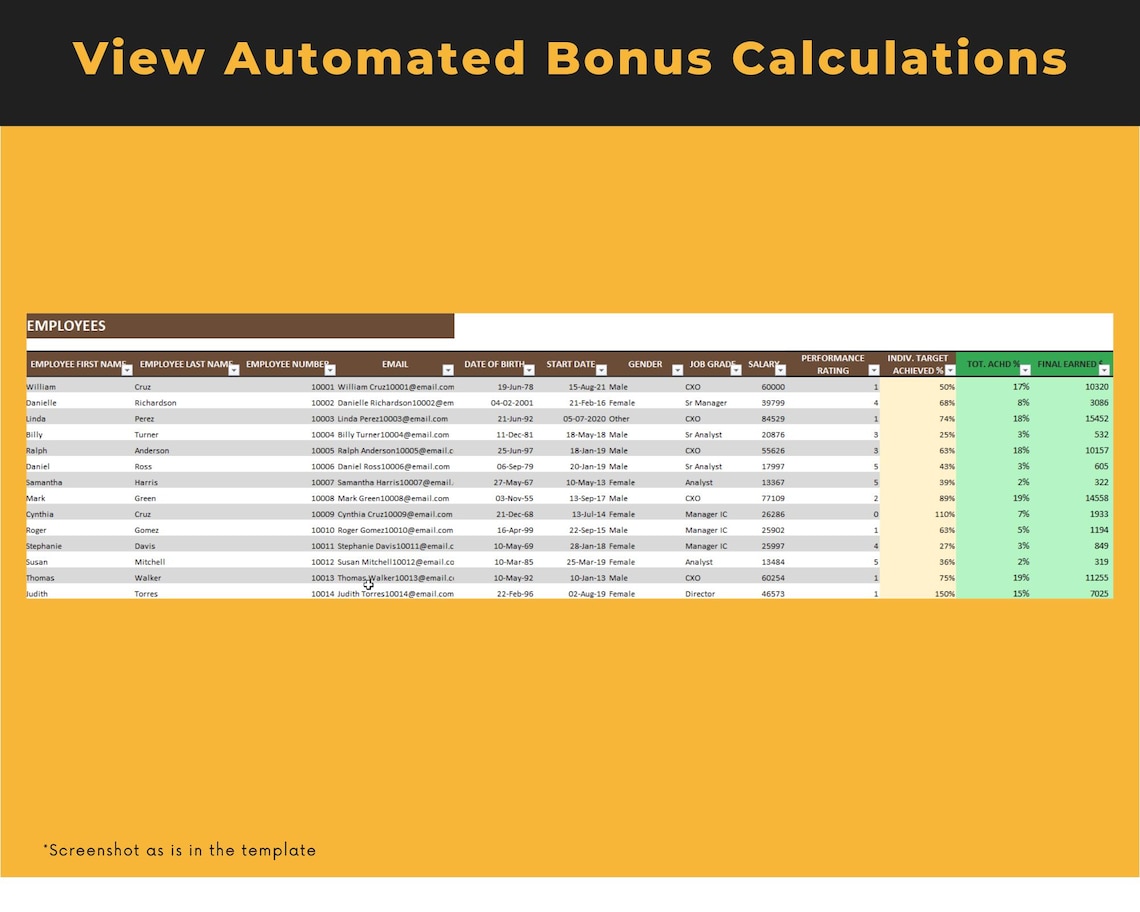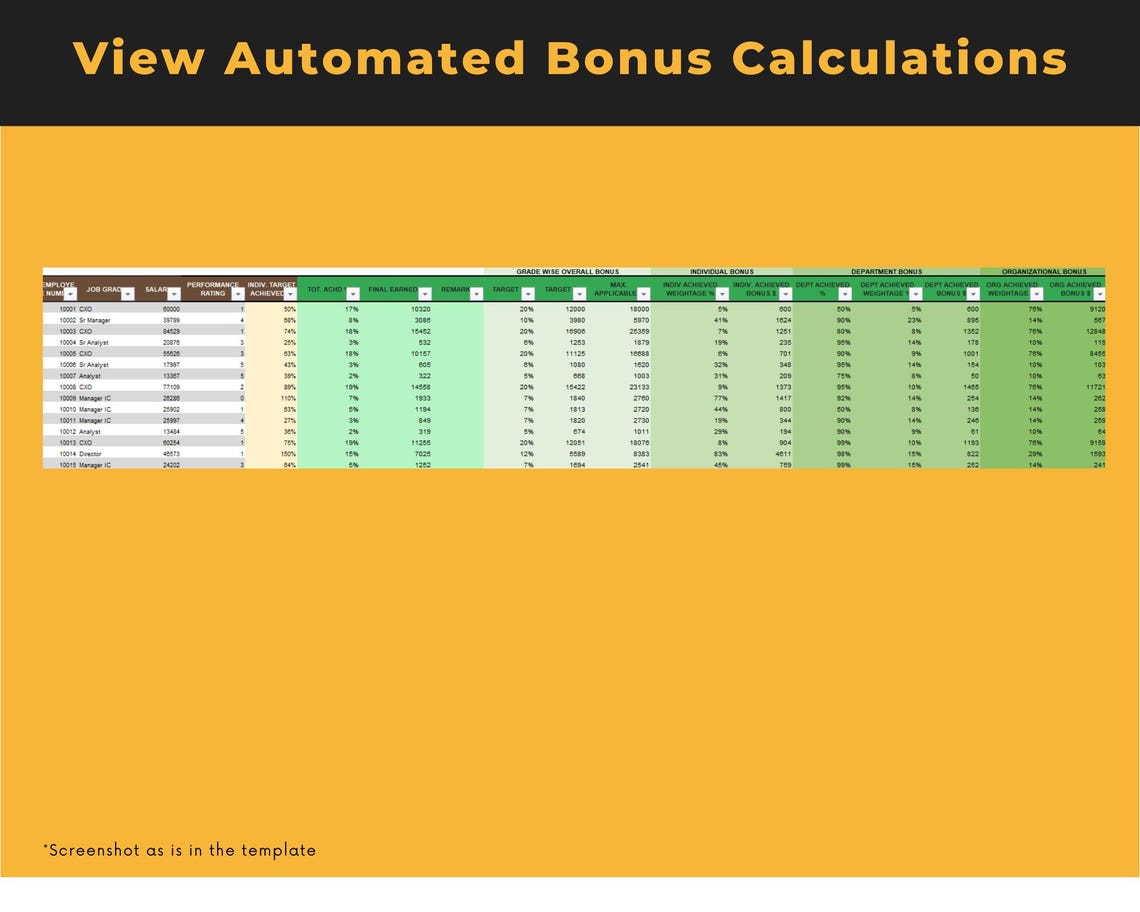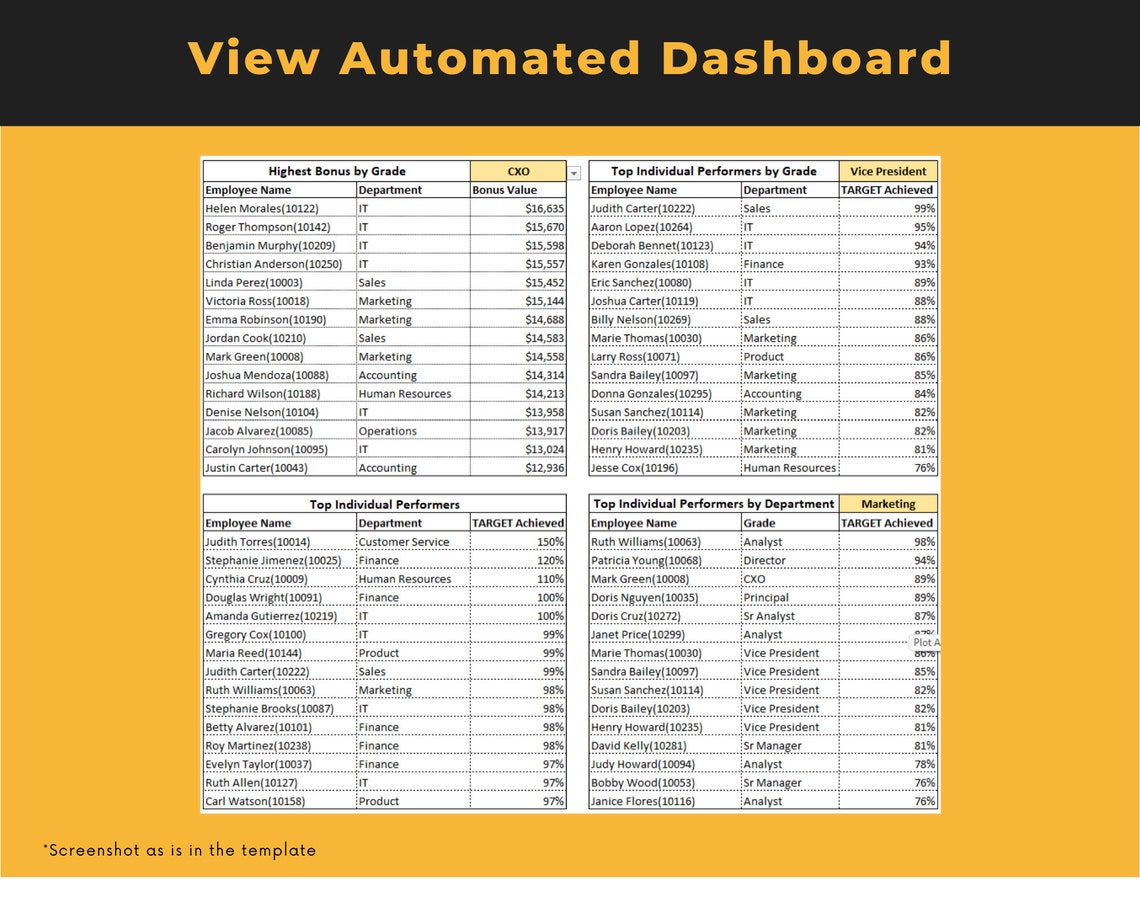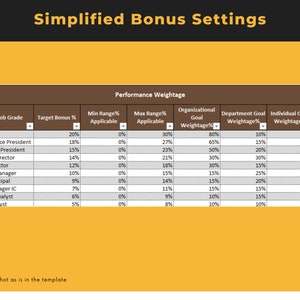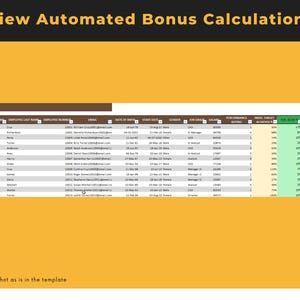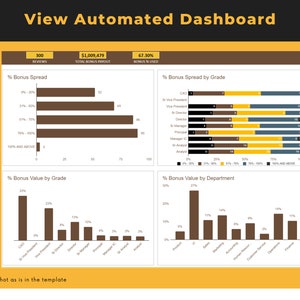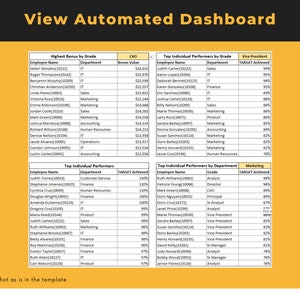Price:Rp 10,000
SLOTCC - Peluang Bermain Game Wild Bandito Menang Besar Hari Ini
SLOTCC hari ini menyediakan berbagai permainan seru yang pasti akan menang besar dengan memainkan game terbaru kami yang bernama wild bandito x5000.
You can only make an offer when buying a single item
Highlights
SLOTCC SLOT merupakan salah satu penyedia situs link daftar DAFTAR SLOTCC dari provider pg soft paling terpercaya di Indonesia yang memberikan kemenangan tertinggi dengan bonus terbesar dan mudah jackpot
4.7 out of 5
(215 reviews)
All reviews are from verified buyers
Reviews for this shop
SLOTCC mantap, game wild banditonya dan gampang menang!
Deposit cepat, withdraw satset, puas main di SLOTCC!
SLOTCC aman dan terbaru, situs rekomendasi banget.



